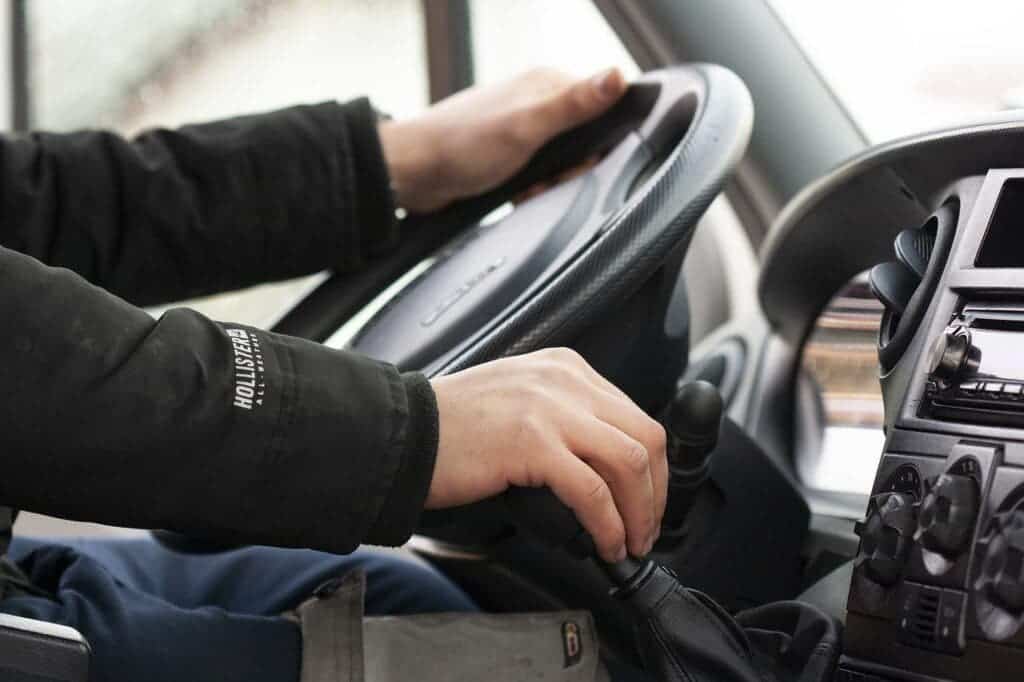
Driving under the influence of psychoactive drugs is a serious offense and a major catalyst for vehicle-related accidents. In order to detect irresponsible drivers and sanction them, law enforcement officers employ various tools such as breath analyzers to detect alcohol in a person’s system or rapid drug tests that can respond to specific markers for cocaine, marijuana, and other drugs. In the not-so-distant future, road checks could also employ mobile brain scanners that detect particular patterns of neural activity associated with intoxication. Scientists explain how this might work for cannabis impairment in a new study.
Just because you have THC in your system that doesn’t mean you’re not fit to drive
The alcohol content in the blood is closely related to alcohol-related impairment. Even though a breathalyzer indirectly measures the amount of alcohol in one’s breath, a measurement on the handheld device over a certain threshold of intoxication is very closely correlated with the person’s genuine inability to perform well on the road.
There are also breath tests for THC, the main psychoactive ingredient in cannabis, but they’re not reliable for quantitative analyses. They just tell you if someone used marijuana recently, not how high they actually are. Prosecuting someone who legally used marijuana the night prior due to having THC detected in their breath the next morning is neither fair nor productive for law enforcement whose resources and man hours are stretched thin as they are.
ADVERTISEMENT
In the United States, there are 18 states, along with Washington D.C. and Guam, that have legalized the recreational use and sale of marijuana. With more states planning similar legislative changes, there is now an important need for developing technological solutions that distinguish between impairment and mild intoxication with THC.
Unlike alcohol, a person’s concentration of THC in the body does not correspond well to functional impairment. People who use cannabis very often quickly develop tolerance and don’t have their driving impaired despite the high levels of THC in their system. Furthermore, THC’s metabolites — the byproducts of THC after the body’s metabolism breaks down the drug — can last in the bloodstream for weeks after cannabis use, well beyond the period one could be deemed intoxicated.
Testing strips or breath analyzers can only tell you if a person used marijuana, but not how much, how recently, or how intoxicated the user truly is. This is why researchers at the Massachusetts General Hospital have developed a noninvasive brain imaging procedure that can reliably identify cannabis users whose performance is impaired in real-time.
ADVERTISEMENT
For their study, 169 volunteers who use cannabis underwent functional near-infrared spectroscopy (fNIRS) — a technique that measures blood oxygenation changes similar to fMRI, based upon the changes in absorption of light emitted by sources onto the surface of the head and measured by detectors — before and after receiving either oral THC or a placebo.
Those who reported feeling intoxicated after being given oral THC also showed an increased oxygenated hemoglobin concentration (HbO) — a type of neural activity signature from the prefrontal cortex region of the brain – compared to those who reported low or no intoxication. Although the same dose was given to all volunteers, there was a very wide range of impairment measured by the researchers, from very mild intoxication to obvious impairment, underscoring the unreliableness of using THC in the blood or oral fluid to identify impairment.
“Identification of acute impairment from THC intoxication through portable brain imaging could be a vital tool in the hands of police officers in the field,” said A. Eden Evins, MD, MPH, founding director of the Center for Addiction Medicine and senior author of the new study. “The accuracy of this method was confirmed by the fact impairment determined by machine learning models using only information from fNIRS matched self-report and clinical assessment of impairment 76 percent of the time.”
The research did not assess the practicality of using this method for assessing impaired driving, but it’s easy to see how this could be useful to law enforcement. There are cheap, mobile fNIRS devices that can be incorporated into a headband or cap and thus can be quickly set up by an officer to distinguish between cannabis impairment and simple exposure.
But it might take a while before you see brain scanners on the roadside. Besides the technical challenges, there are also important privacy concerns that need to be addressed whenever dealing with such sensitive data as someone’s brain activity.
“Companies are developing breathalyzer devices that only measure exposure to cannabis but not impairment from cannabis,” says Gilman. “We need a method that won’t penalize medical marijuana users or others with insufficient amounts of cannabis in their system to impair their performance. While it requires further study, we believe brain-based testing could provide an objective, practical and much needed solution.”
The findings appeared in the journal Neuropsychopharmacology.